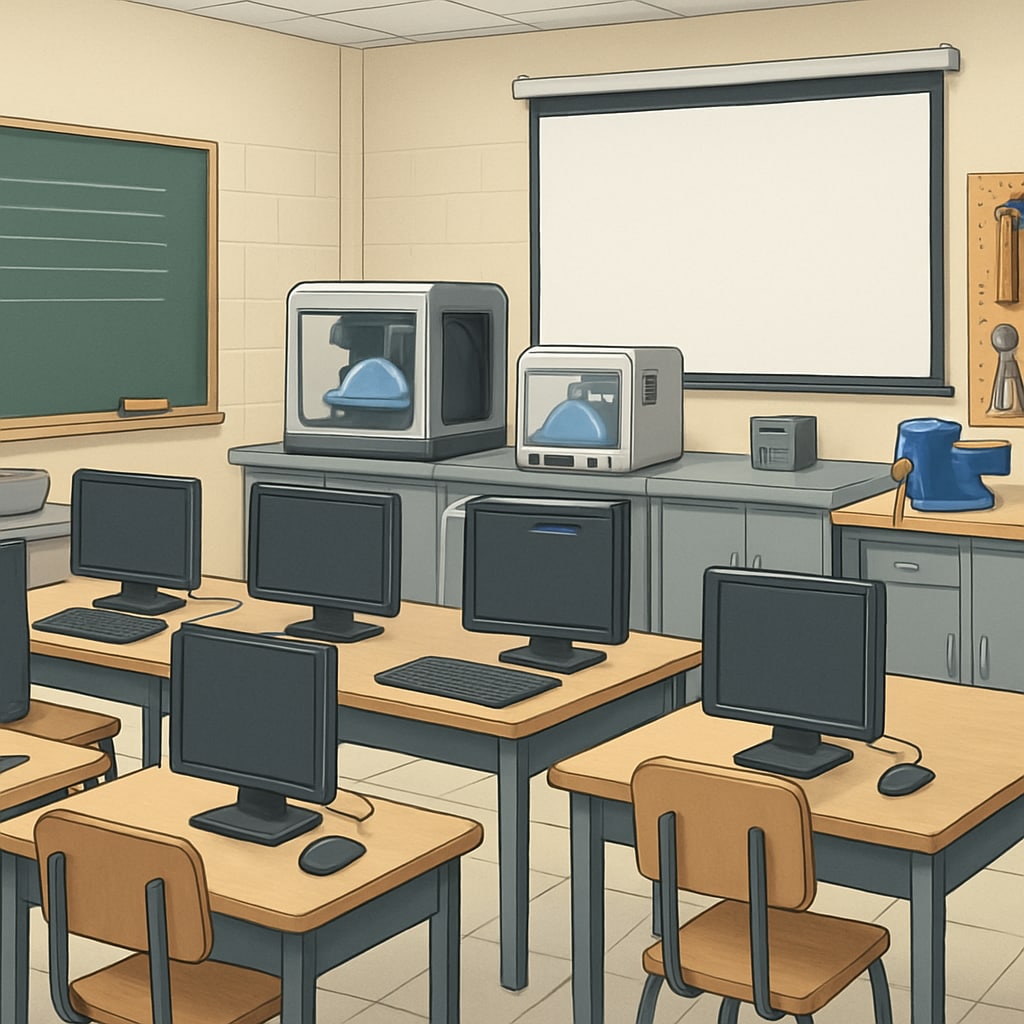The integration of career and technical education, school district structures, and traditional academics has become a pivotal topic in modern K-12 education. As schools seek to prepare students for both higher education and the workforce, finding a balance between these approaches is critical. This article examines how to harmonize vocational training with academic rigor, evaluates implementation models, and offers actionable strategies for developing holistic educational systems.
Why Balance Matters in Education
In an era of rapid technological advancement and evolving job markets, the demand for career-ready skills has skyrocketed. Career and technical education (CTE), which focuses on practical, job-specific skills, offers students a pathway to employment or further vocational training. However, traditional academic disciplines such as mathematics, science, and literature remain indispensable for fostering critical thinking and intellectual growth.
Balancing these two priorities ensures that students graduate with a well-rounded skill set. For example, a student pursuing a technical certification in information technology might still benefit from strong communication skills developed in English classes. Conversely, an aspiring scientist may gain valuable hands-on experience through vocational labs. The ultimate goal is to create a curriculum that equips students with both theoretical and practical tools to thrive in diverse environments.

Implementation Models: Exploring the Pros and Cons
There are several models for integrating career and technical education with traditional academics, each with its own strengths and weaknesses:
- Standalone CTE Programs: These programs operate independently of traditional academic curricula, offering specialized classes in fields such as automotive repair, culinary arts, or graphic design. While they provide focused training, they may lack integration with broader academic goals.
- Integrated Curriculum: This approach blends vocational and academic studies, such as incorporating mathematical principles into engineering courses. It promotes interdisciplinary learning but requires significant planning and teacher collaboration.
- Career Academies: Career academies often function as small, specialized schools within larger institutions, focusing on industries like healthcare or technology. These academies provide immersive experiences but may isolate students from traditional academic pathways.
- Dual Enrollment: Students in dual enrollment programs take college-level CTE courses while still completing high school requirements. This model accelerates career readiness but may overwhelm students balancing two educational systems.
Each model presents unique opportunities and challenges. School districts must evaluate their resources, student demographics, and long-term goals to determine the best fit.
Practical Strategies for School Districts
To effectively balance career and technical education with traditional academics, school districts can adopt the following strategies:
- Strengthen Cross-Disciplinary Collaboration: Encourage teachers from different disciplines to collaborate on lesson plans. For instance, math teachers can work with CTE instructors to apply algebraic concepts in construction projects.
- Provide Professional Development: Offer training sessions to help educators understand the value of integrating academic and vocational learning. This fosters a shared vision among staff.
- Engage Local Industries: Partner with local businesses to design programs that align with workforce needs. Internships and mentorship opportunities can bridge the gap between classroom learning and real-world application.
- Adopt Flexible Scheduling: Implement flexible schedules that allow students to participate in both academic and vocational courses without sacrificing either. Block scheduling or hybrid learning models work well in this context.
By taking these steps, districts can create an environment where students thrive academically while gaining valuable career skills.

The Road Ahead
The future of education lies in the seamless integration of academic and vocational learning. By prioritizing both career and technical education alongside traditional academics, schools can prepare students for a world where adaptability and versatility are essential. This balanced approach not only benefits students but also strengthens communities by producing a workforce that is both skilled and intellectually capable.
As school districts continue to innovate, the challenge will be to ensure that neither academic excellence nor vocational training is compromised. By leveraging collaborative models, engaging stakeholders, and embracing flexibility, educators can strike the right balance and set students on a path to lifelong success.
Readability guidance: This article uses concise paragraphs, clear transitions, and bulleted lists to enhance readability. Technical terms are defined, and passive voice is minimized to maintain a professional yet accessible tone.


